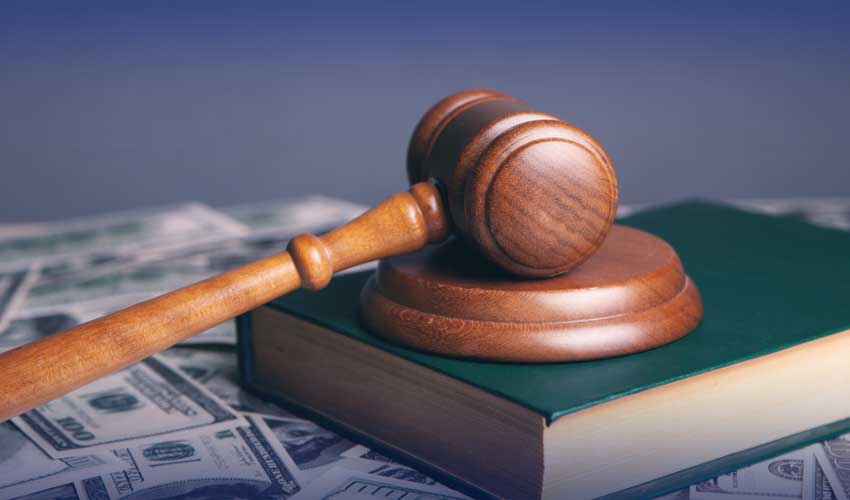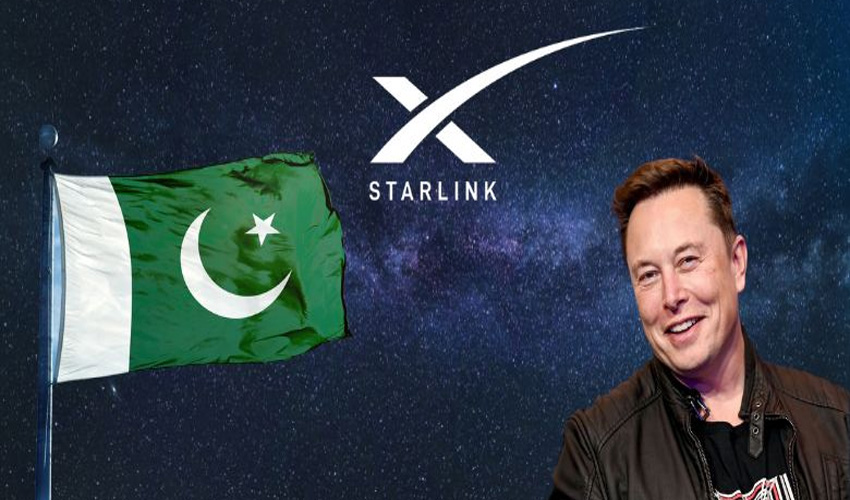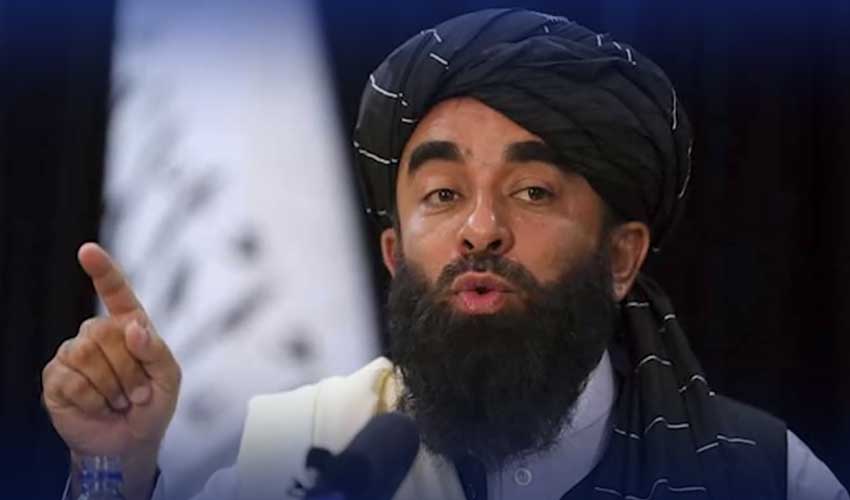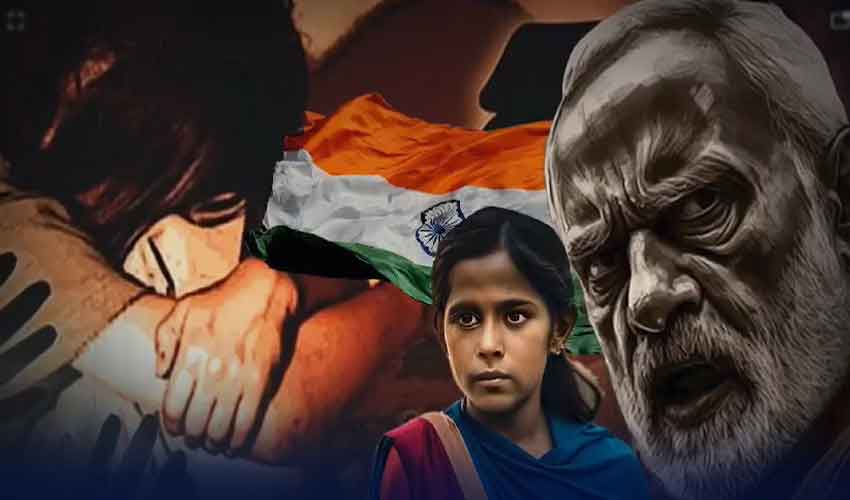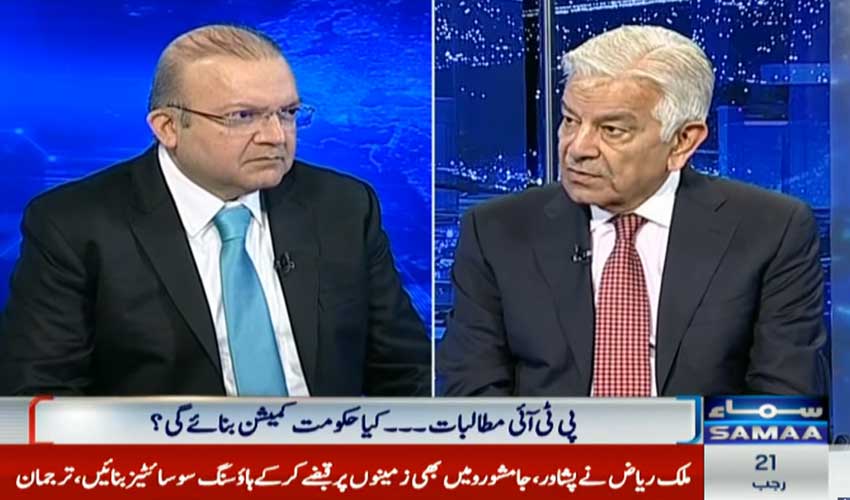A recent analysis of judicial appointments in India has brought to light a significant disparity in caste representation within the country's higher courts.
The findings, reported by several Indian news outlets, indicate that despite constitutional provisions and government policies aimed at promoting equality, the composition of the judiciary continues to reflect long-standing social hierarchies.
This imbalance raises important questions about access to justice, representation, and the overall fairness of India's legal system.
Statistics show that out of 27 high court judges, 18 are from upper castes, while 9 represent lower Hindu castes and various minorities. Over the past five years, 79% of appointed judges came from upper castes.
The Other Backward Classes (OBC) community saw 72 judges (11.92%) promoted to high court positions during this period, while minority communities accounted for 34 judges (5.6%).
Union Law Minister Arjun Meghwal stated that judicial appointments to the Supreme Court and High Courts are made under Articles 124, 217, and 224 of the Constitution, which do not provide reservations for any caste or class.
The issue of pending cases in Indian courts has also been highlighted. The news website Scroll reported that between 2010 and 2020, the number of pending cases across all Indian courts increased by 2.8% annually.
These reports raise questions about social representation in India's higher judiciary and the government's ability to address these disparities.





